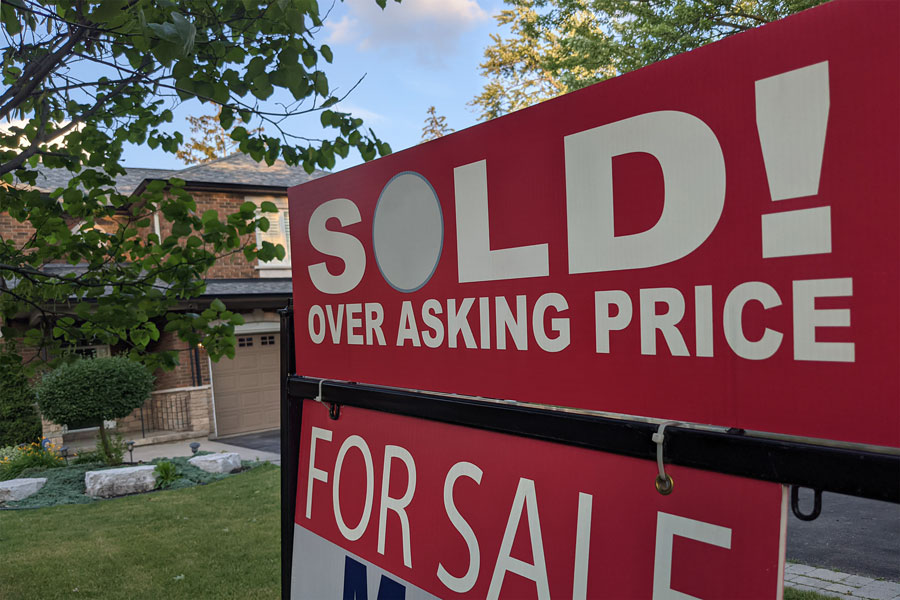Top Five Short Sale Deal Killers
Whether you’re a buyer, seller, agent, broker, lender, title officer, if you have an interest in a short sale transaction, you’ll want to know what the biggest threats are.
A great agent can overcome many of these obstacles, but in order to do so, one must identify where the problems are. Too many homes are foreclosed that shouldn’t and in fact could have be sold to a willing buyer who could actually afford the home.
#1 – Listing agents
Nobody has a more influence in a short sale from a seller’s perspective. They run the show. Short sales only close nationally at a little over 20% of those listed! Many agents have been forced into taking short sales because they are now common in many markets; however, most agents can’t stand doing them and are vastly unprepared both from an education/experience standpoint as well as not possessing the passion needed to properly represent their sellers. Listing agents control nearly all the information. The agent can deflect from their failures very easily by blaming others: the banks wouldn’t agree, the buyers wouldn’t cooperate, blah, blah, blah. Short sales take some very creative thinking as an agent because roadblocks from very unforgiving institutions are constantly being thrown in their faces.
Listing agents also take many files they shouldn’t: uncooperative sellers, sellers who can afford the mortgage payment and have significant assets, not screening their sellers who may file a bankruptcy because of excessive debt and abandon the short sale midstream. Many of these short sales are dead on arrival and never have a chance to successfully close.
Can the agent get the right buyer and are they able to keep the buyer interested for the extended waiting period necessary while the listing agent tries to get the short sale approved? Is the agent able to stand up to the tricks the banks will pull on them without making the bank personnel angry and risk having their client’s files “flagged” or delayed?
Does the agent do their own negotiating or do they farm out the work to third party processors to handle the bulk of the work such as lawyers and title companies? Didn’t you hire the agent to represent you and not someone else? How can the agent even know what’s going on with the file if they are not doing the work? Truth is they generally don’t want to know. How could they? Anybody can take a listing and pass it off to someone else. That is an expert?
Sellers, banks don’t put up a blue-print on their website how Johnny or Sally agent can beat them in a short sale negotiation. Believe me, they will use every nasty stunt possible to get the best possible deal ($$$) out of both the agent and seller. Most real estate training is woefully inadequate. Take an 8 hour course and they’re now a short sale “expert” with a fancy sounding designation to slap on to their email signature.
#2 – Buyers
Oh, poor, innocent buyers and their agents, just trying to get their clients a home. Buyers will frequently misrepresent themselves on offers they submit as well as misleading their agents about their ability to perform on an offer. They shroud their financial abilities and too many times, buyer agents are too timid to press them for information related to the buyer’s credit.
Buyers will make multiple offers on homes without disclosing that they are doing that. Well, generally you can’t buy more than one home at a time and an offer is an “agreement to purchase”. That would be a piece of information a seller just might want to know. After all, the seller is taking the home off the market for THEM and only them in a short sale, forgoing the ability to accept other offers that can be placed in front of the bank for approval. We get many bank approvals for our short sales and then the buyers cancel. It is a significant problem.
#3 – Mortgage Insurance Companies
What is mortgage insurance? Generally, it is used for mortgages in which the borrower did not put down at least 20% of the purchase price. In case of default, the bank could then file a claim to cover anywhere up to around 60% of the actual loss. This was the purpose of most of those purchase-money 2nd loans a few years back. Buyers could put down 100% and thus avoid the added cost of mortgage insurance to their monthly payment.
Fast forward to today when now we are now trying to negotiate a short sale. The mortgage insurer (MI) is now a player because as a payer of the claim, they have a say in the terms the bank accepts on the short sale. The bank, who most people think they have to negotiate with, may not care because they are going to get a claim payout from the MI company either way!
Although, MI companies will sometimes negotiate, they are generally quite inflexible and many times the seller won’t want to accept their terms and too often the home forecloses. Other times, the MI company will deal, but the listing agent has no idea how to negotiate with the MI company or that they are even allowed to do so…sad, but true.
#4 – Homeowner Associations
Homeowner associations (HOA’s), those lovely and virtuous institutions, set up to “protect” homeowners actually drive many a home needlessly into foreclosure. Can someone please explain how that benefits members of that association?
Here in Nevada, HOA’s are able to file liens for unpaid assessments and fines. What gives them so much power is they are able to file as a “Super-Priority” lien. Essentially, it holds the same status as a 1st mortgage lien. In a normal market they could foreclose and get their money plus any equity; however, since homes have no equity here in the Las Vegas real estate market, they don’t want the home so they just bide their time until they get paid.
This doesn’t sound too unfair, right; after all they are owed money. Here is the problem. HOA’s can hire out their collections to 3rd parties such as collection companies and attorneys who, due to Nevada’s vague collection laws, can essentially charge whatever they want, and they do. HOA delinquencies can increase from the hundreds of dollars originally owed, into five-figure numbers. The collection agencies are brutal because they know they will probably get paid and do not negotiate at all. Their business model actually depends on the collection bill increasing because the longer they wait the more money they will recover.
How does this affect short sales? Having a huge, extra lien that must be paid by someone presents a large problem. The seller themselves might well either not have the money or be unwilling to pay it out of principle since they will be losing their home. The HOA lien might conflict with the minimum net proceeds the seller’s lender would be willing to accept in approving the short sale. Once again, the HOA doesn’t care because they’ll get paid at foreclosure too.
#5 – Seller’s Mortgage Lien Holders (AKA: the bank)
One thing you’ll notice right away is why are the banks only listed as only #5? That is the big myth vs. reality about short sales. I list and sell short sales for a living. Everyone is concerned with the bank, the bank, the bank. Will they approve or won’t they? Will they release deficiency rights?… and on and on.
Here is the reality; banks in most cases here in Nevada actually prefer the short sale because it will usually net more money than a foreclosure. Once I understood this principle, the job became much easier. I just keep beating them over the head with their own criteria, make more money!
Ok, here is why they can be a deal-killer. A short sale is a voluntary agreement between a borrower who is upside down on their mortgage and a lender. Neither side is compelled to do a deal. Sometimes, depending on the situation an agreement cannot be reached that is compatible for both sides. There may actually be a good deal on the table but one side won’t budge to make it work.
The main reason banks can kill deals is simply their own lack of clear mandates on short sales that filter down to incompetent personnel. The telephone tough guys we talk to in customer service and short sale departments rarely have approval authority, despite official sounding titles like negotiators. Most agents fight with them, but it is fruitless. Short sales are simply being able to get the right information to the right person quickly enough to take advantage of the current offer on the home. That’s it. It is that simple.






